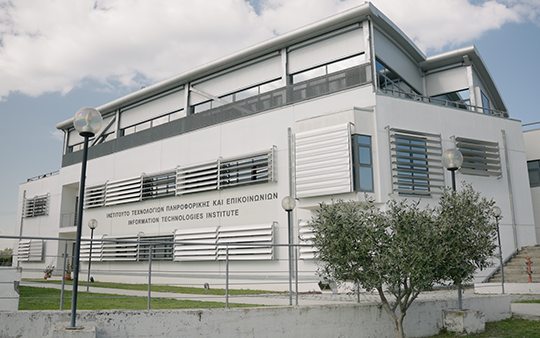MAKE YOUR STOMACH TURN | Do you know what flies do when they land on your food? Foot bacteria is the least of your problems…

Scientists now know that flies can transmit Escherichia coli, salmonella, hepatitis A and rotavirus, as well as other microbes that cause digestive problems, but how long does that take?
There are at least 100 different pathogens that houseflies can carry, such as bacteria, viruses and parasite eggs, says Dr. Thomas J. Daniels, director of the Louis Calder Center Laboratory at Fordham University, reports The Healthy.
Germs on the feet are the least of the problems
Once the fly collects the bacteria, it can spread the disease in several ways. Bacteria and viruses from the landing site stick to the fly’s body and the tiny hairs on its legs, Daniels says. When it flies off and lands somewhere else, like on your food, it leaves some of those bacteria behind.
“So we’re potentially at risk of infection from even a single housefly when it lands on our meal, even though the amount of pathogen it’s carrying is probably small,” says Dr Daniels.
We should be more concerned than the vomit of flies.
“When a fly lands on your meal, it doesn’t nibble little pieces of food off your plate. “Instead, the insect regurgitates its digestive juices onto the food to break it down enough to ingest it in a liquid state,” says Dr. Daniels.
There are more bacteria in fly vomit
That, however, is not the worst part of this process.
Namely, the vomit of the fly is full of bacteria from the last meal. And the pathogens in the fly live longer than those that it has collected with its legs in the meantime, so the microbes from the fly’s vomit are the most dangerous for us of all others.
Some of the bacteria that flies leave behind are quite dangerous. So far, scientists know that flies can transmit Escherichia coli, salmonella, hepatitis A and rotavirus, says Dr. Brent W. Laartz, an infectious disease specialist and author of the book “How to Avoid Infectious Diseases . ” There’s also Shigella, a group of bacteria that can cause diarrhea, fever, and stomach pain, which is especially concerning because it doesn’t take much for this bacteria to make people sick.
But before you start throwing away all the food the fly landed on, keep in mind that not every fly will carry all or any of these bacteria. The microbes mentioned above are mainly fecal bacteria and viruses, which do not exist on everything flies eat.
“A fly would have to land on raw meat or feces to transfer these bacteria and viruses to your food,” says Dr. Laartz.
One fly does not make an infection?
The cleaner your kitchen, the less chance a fly will collect before eating your meal. Plus, just one fly on your food doesn’t mean you’ll get sick from its germs.
“Depending on how much germ the fly was carrying, how long it was on your food and how strong your immunity is, you may never get infected,” says Dr. Daniels.
So if a lone fly lands on your food once, and your house is clean, it’s probably safe to continue eating your food. A bigger concern would be if you are in an environment full of insects, such as a picnic in nature. After all, the more flies that land on your meal, the more bacteria they can leave behind.










